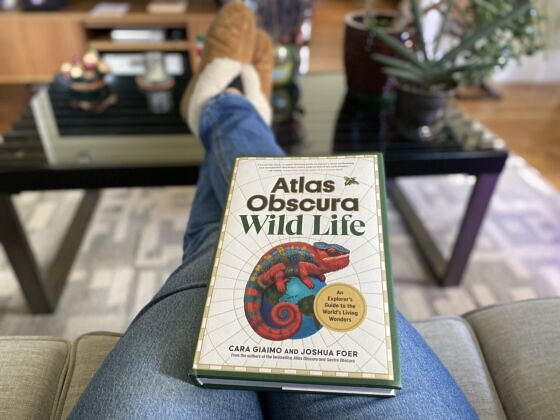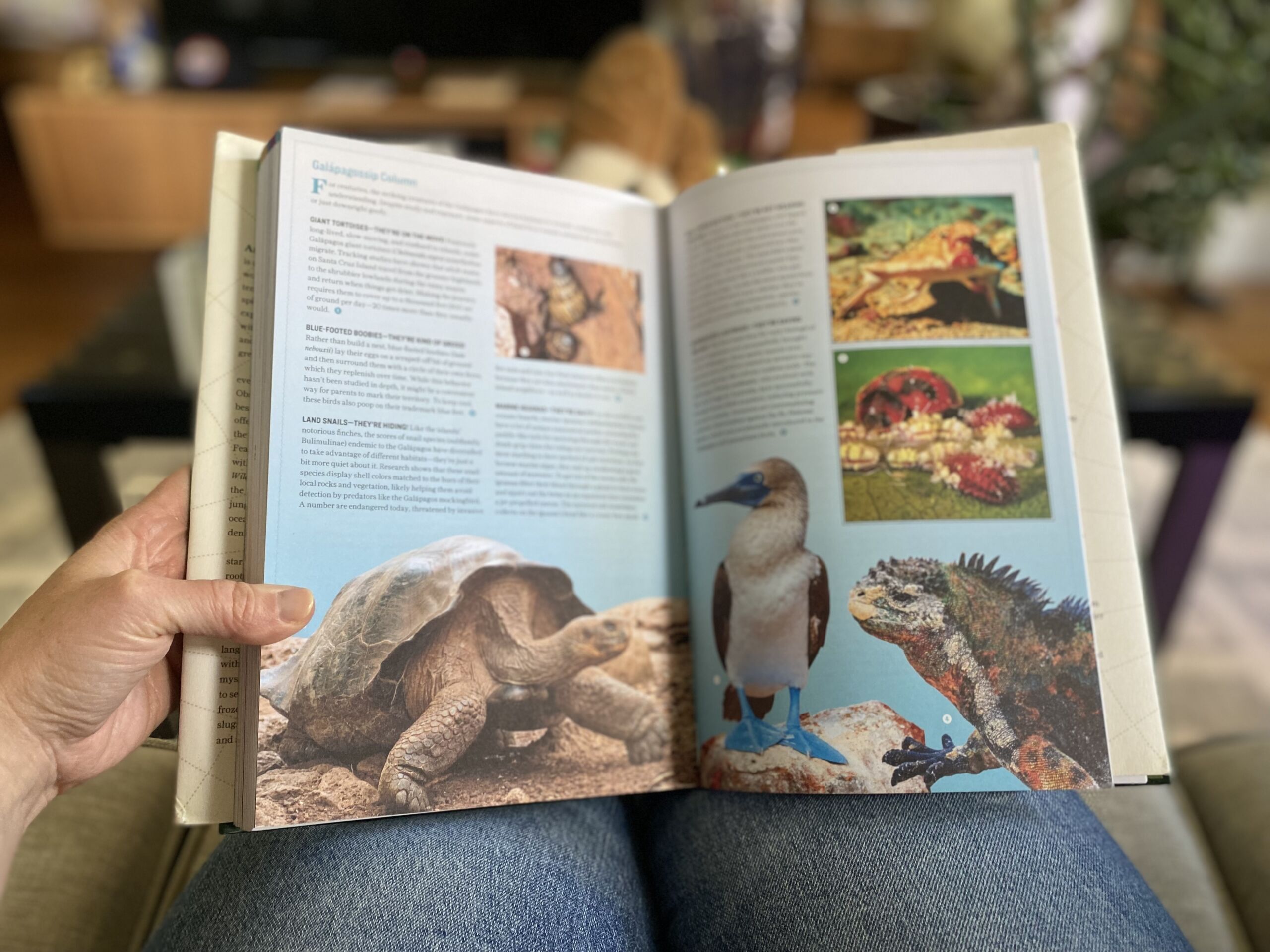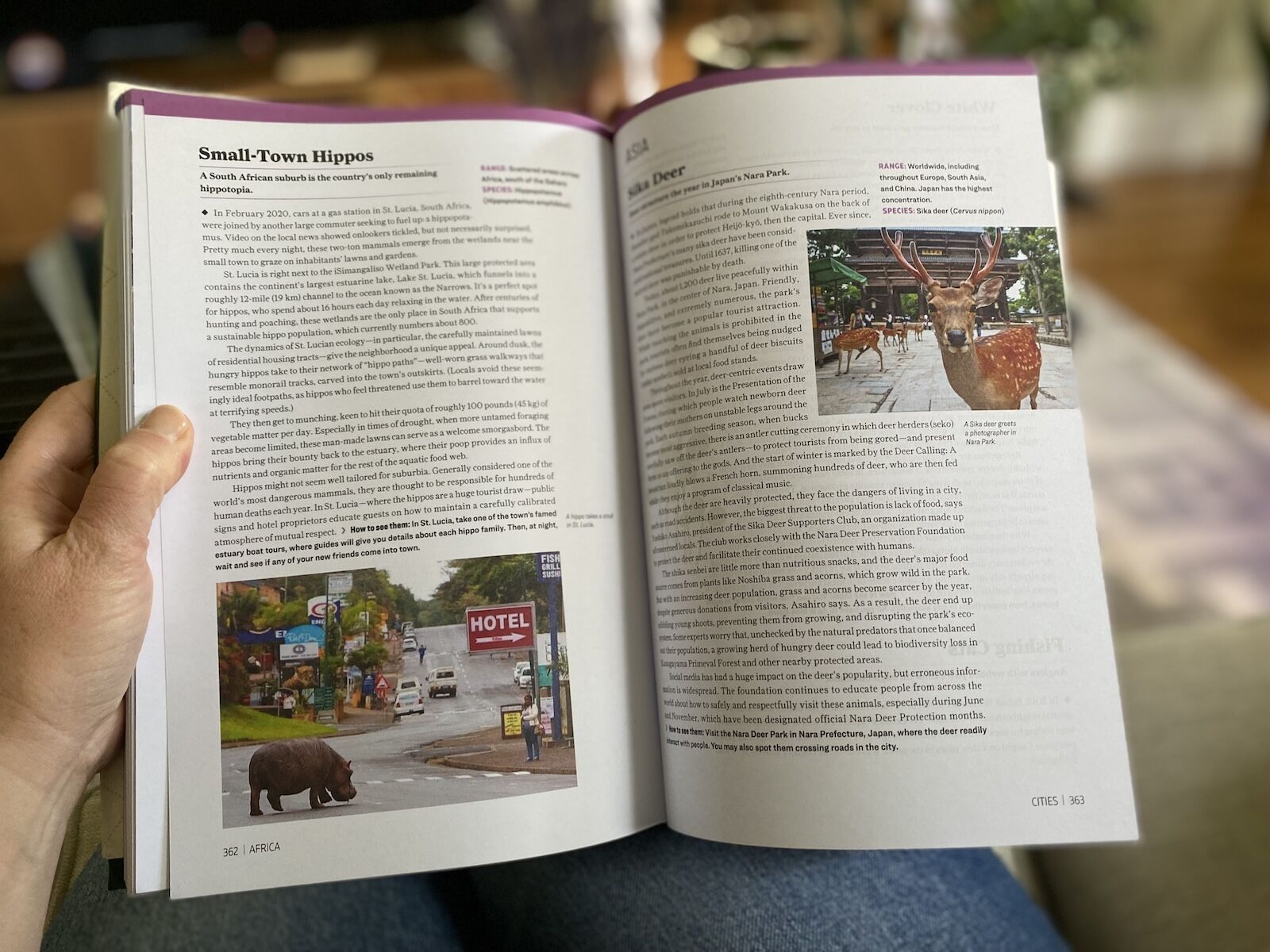We hope you love the books we recommend! Just so you know, Matador may collect a small commission from the links on this page if you decide to make a purchase. Listed prices are accurate as of the time of publication.
I have wildlife on the brain after a recent life-changing trip to the Galápagos Islands. Yet with winter firmly on its way, the little mountain town where I live in British Columbia, Canada, is pretty short on animals. The bears, skunks, marmots, snakes, frogs, and even the bumblebees are getting ready to hibernate or otherwise make themselves scarce for the next few months, and all that’s left for me to look at through my binoculars are chickadees and the rare white-tail deer passing through my yard.


